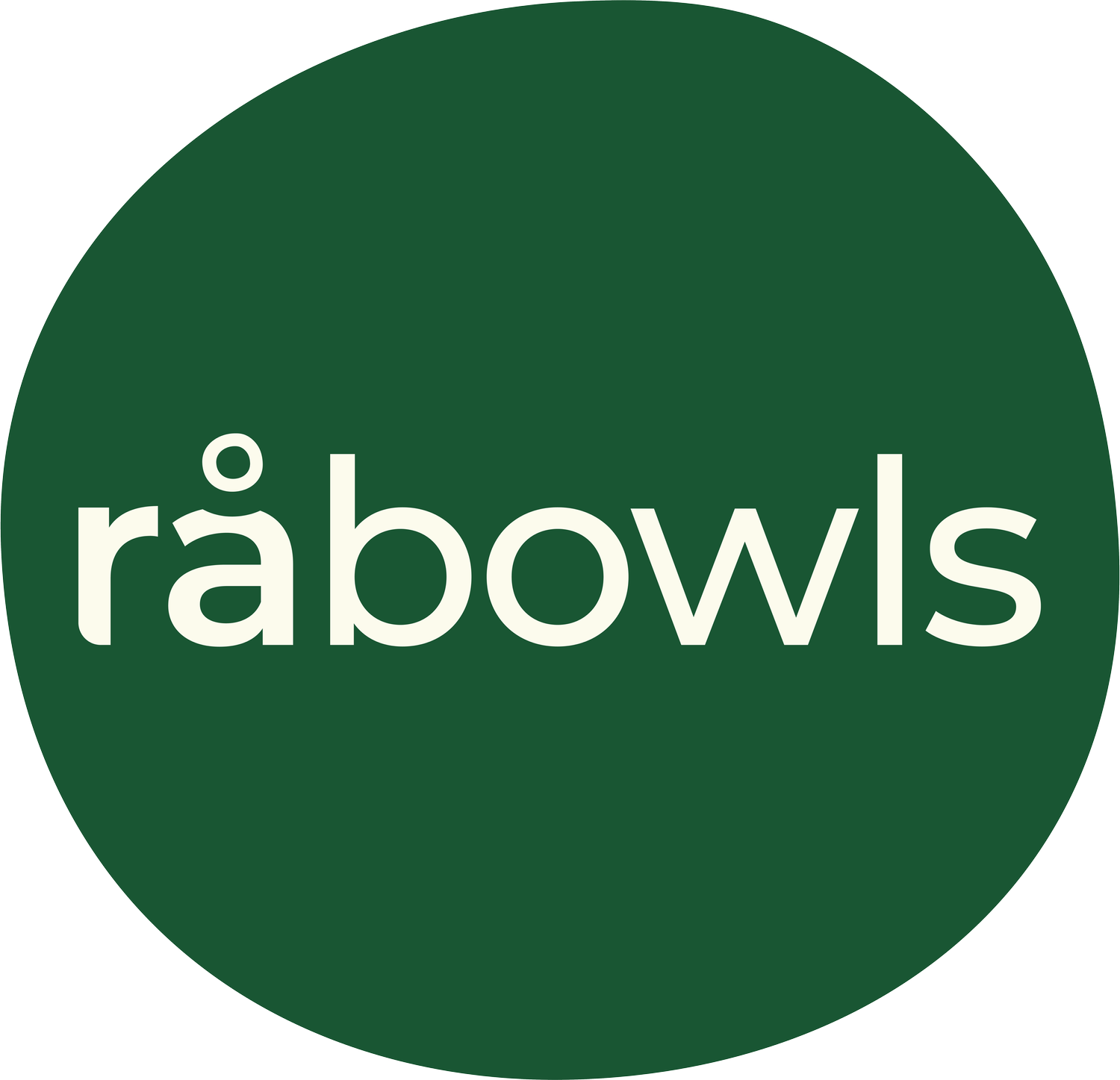The Fiber-Cancer Connection
The Fiber-Cancer Connection: Why I’m Paying Even More Attention to Fiber
I’ve always believed that food is more than just fuel—it’s information for our bodies. Every ingredient we consume sends signals that can either support or harm our health. Recently, I came across an umbrella review analyzing over 2,100 studies on dietary fiber and cancer risk, and the findings were too important not to share.
The Science: Fiber and Cancer Prevention
This large-scale review confirmed what many health enthusiasts have long suspected: higher dietary fiber intake is strongly linked to a lower risk of various cancers. Specifically, fiber has been shown to reduce the risk of cancers in the digestive, reproductive, and urinary systems, including colon, rectal, gastric, pancreatic, breast, ovarian, prostate, and bladder cancer. The numbers are compelling—an optimal fiber intake range of 7–36g per day could significantly lower the risk of colon cancer.
The researchers also found that just increasing fiber intake by as little as 2.5g to 10g per day could make a real difference in risk reduction. That’s the equivalent of adding a handful of chia seeds, a portion of lentils, or a serving of berries to your diet.
The Surprising Twist: Not All Fiber is Equal
One unexpected finding: while total dietary fiber intake was protective against most cancers, cereal fiber (the kind found in processed breakfast cereals and some refined grains) was associated with a higher incidence of renal cell carcinoma and endometrial cancer. This reinforces something I’ve long emphasized—quality matters regarding food. Not all fiber sources are created equal, and whole, minimally processed plant-based foods remain the best choice.
What This Means for You (and for råbowls)
At råbowls, fiber-rich foods have always been a cornerstone of what we serve. But after reading this study, I’m doubling down. Here’s how:
✅ More fiber-packed ingredients: We already include quinoa, lentils, chickpeas, and vegetables in our bowls, but we’re looking at ways to incorporate even more gut-friendly fiber sources like psyllium husk and flaxseeds.
✅ Less processed fiber sources: No refined cereals or ultra-processed grains—just real, whole foods.
✅ Education for our customers: We’ll be sharing more about why fiber matters, how to increase your intake, and how it benefits not just digestion but long-term health.
Your Turn: How’s Your Fiber Intake?
If you’re already prioritizing fiber, that’s amazing! But if not, this is a great time to start. Small daily changes—swapping white rice for quinoa, adding chia to your smoothie, eating more legumes—can protect your health.
I’d love to hear from you: How do you get your fiber in? Have you noticed any changes in your health by increasing fiber intake? Drop a comment below and let’s talk!
see my references
He X., Hou J., Liu L., Chen X., Zhang L., Pang C., Tong Y., Li H., Chen F., Peng R., & Shi Z. (2025). Dietary fiber consumption and outcomes of different cancers: an umbrella review. Food & Nutrition Research, 69. https://doi.org/10.29219/fnr.v69.11034

